Your brain is constantly changing, adapting, and rewiring itself based on your experiences, thoughts, and actions. This ability, known as neuroplasticity, allows you to break old habits and build new ones—no matter your age or past struggles.
Understanding how neuroplasticity works gives you the power to create lasting habits faster and with less effort. In this article, you’ll learn how to use neuroscience to rewire your brain for success and build new habits that stick.
1. What is Neuroplasticity and How Does It Affect Habit Formation?
Neuroplasticity is your brain’s ability to form new neural connections and strengthen existing ones. Every time you repeat an action, the connections between neurons in your brain grow stronger, making the habit easier over time.
How Neuroplasticity Affects Habit Formation:
✅ The more you repeat an action, the stronger the neural pathways become.
✅ Old, unused neural connections weaken over time, making bad habits fade.
✅ Your brain adapts based on what you focus on—good or bad.
📌 Example: When you first learn to drive, it feels difficult because your brain is forming new neural pathways. But with repetition, driving becomes automatic because those connections strengthen.
2. How Long Does It Take to Rewire the Brain for a New Habit?
You may have heard that it takes 21 days to form a habit, but research from University College London found that the real number varies depending on the complexity of the habit.
Estimated Time to Form a Habit:
✅ Simple habits (drinking water in the morning) → ~21 days
✅ Moderate habits (daily exercise, reading) → ~40-60 days
✅ Complex habits (changing mindset, meditation) → ~66-100 days
📌 Key insight: The more consistent you are, the faster neuroplasticity works to make the habit stick.
3. The Science-Backed Steps to Forming New Habits Using Neuroplasticity
✅ a) Use Habit Stacking to Rewire Your Brain Faster
Your brain learns faster when it connects new habits to existing ones. Habit stacking uses this principle to make new habits automatic.
🔹 Formula: “After I [existing habit], I will [new habit].”
🔹 Link the habit to a strong daily routine (brushing teeth, making coffee, checking emails).
🔹 Over time, the brain associates the old and new habit together.
📌 Example: If you want to start journaling, say: “After I brush my teeth at night, I will write one sentence in my journal.”
✅ b) Make the Habit Easy with the 2-Minute Rule
Your brain resists big changes. The 2-minute rule makes habits easier by starting small.
🔹 Break the habit into the easiest possible step (less than 2 minutes).
🔹 Once you start, you naturally continue.
📌 Example: Instead of aiming for “Read for 30 minutes,” start with “Read one sentence.”
✅ c) Use Visualization to Strengthen Neural Pathways
Neuroscience shows that mental practice is almost as effective as physical practice because the brain strengthens connections even without action.
🔹 Visualize yourself successfully completing the habit.
🔹 Imagine the feelings of success and accomplishment.
🔹 Repeat daily to reinforce neural pathways.
📌 Example: Studies on athletes show that those who mentally rehearsed their sport improved nearly as much as those who physically trained.
✅ d) Use Immediate Rewards to Reinforce the Habit Loop
The brain strengthens habits when it associates them with positive feelings.
🔹 Celebrate small wins (mark progress on a tracker, do a fist pump).
🔹 Pair habits with something enjoyable (listen to music while exercising).
🔹 Use a reward system (give yourself a small treat after completing the habit).
📌 Example: If you complete a writing session, reward yourself with a short walk or a cup of coffee.
✅ e) Eliminate Friction for Good Habits, Increase It for Bad Ones
Your brain chooses the easiest path. Make good habits effortless and bad habits harder to do.
🔹 Keep your environment ready for good habits (place workout clothes where you see them).
🔹 Add obstacles to bad habits (delete social media apps, keep junk food out of reach).
📌 Example: If you want to stop wasting time on social media, log out after each use to create friction.
✅ f) Apply the “Never Miss Twice” Rule to Strengthen Neural Connections
Missing a habit once is normal—but missing it twice weakens the habit loop.
🔹 If you miss one day, get back on track immediately.
🔹 Focus on long-term consistency rather than perfection.
📌 Example: If you skip a workout on Monday, don’t miss Tuesday—even a short session maintains the habit.
4. How to Break Old Habits Using Neuroplasticity
Just as the brain strengthens new habits, it can weaken and eliminate old ones.
✅ a) Identify and Replace the Habit Trigger
Habits are triggered by cues (emotions, locations, time of day). To break a habit:
🔹 Identify the cue that triggers it.
🔹 Replace it with a healthier alternative.
📌 Example: If you snack when stressed, switch to deep breathing instead of eating.
✅ b) Interrupt the Habit Loop with Pattern Breaks
The brain follows habitual routines automatically. Breaking the pattern weakens old habits.
🔹 Change your environment (work in a new location).
🔹 Take a different route to work to disrupt unconscious routines.
🔹 Use a different hand for daily tasks to increase awareness.
📌 Example: If you always watch TV after work, move the remote to a different room to disrupt the habit.
✅ c) Use the “Implementation Intention” Method
Instead of saying “I’ll stop a bad habit,” create a specific action plan.
🔹 Phrase your plan as: “If [trigger], then I will [new action].”
📌 Example: “If I feel stressed, then I will go for a 5-minute walk instead of smoking.”
5. Strengthen Neuroplasticity for Faster Habit Formation
Your brain’s ability to rewire itself improves with the right lifestyle habits.
✅ Get enough sleep – Sleep strengthens neural connections.
✅ Exercise regularly – Physical activity boosts neuroplasticity.
✅ Learn new skills – Keeps the brain adaptable and open to change.
✅ Reduce stress – High cortisol weakens habit formation.
📌 Example: Studies show that people who exercise regularly form new habits more easily due to improved brain function.
Final Thought: Use Neuroplasticity to Master Habit Change
Your brain is not fixed—it is constantly changing based on your actions. By using neuroscience-backed techniques, you can create habits that stick and break old patterns that hold you back.
✅ Use habit stacking and the 2-minute rule to start small.
✅ Reward progress and remove friction for faster habit formation.
✅ Apply neuroplasticity principles to break bad habits and rewire your brain.
Start today: Pick one small habit, apply these techniques, and begin rewiring your brain for long-term success! 🚀

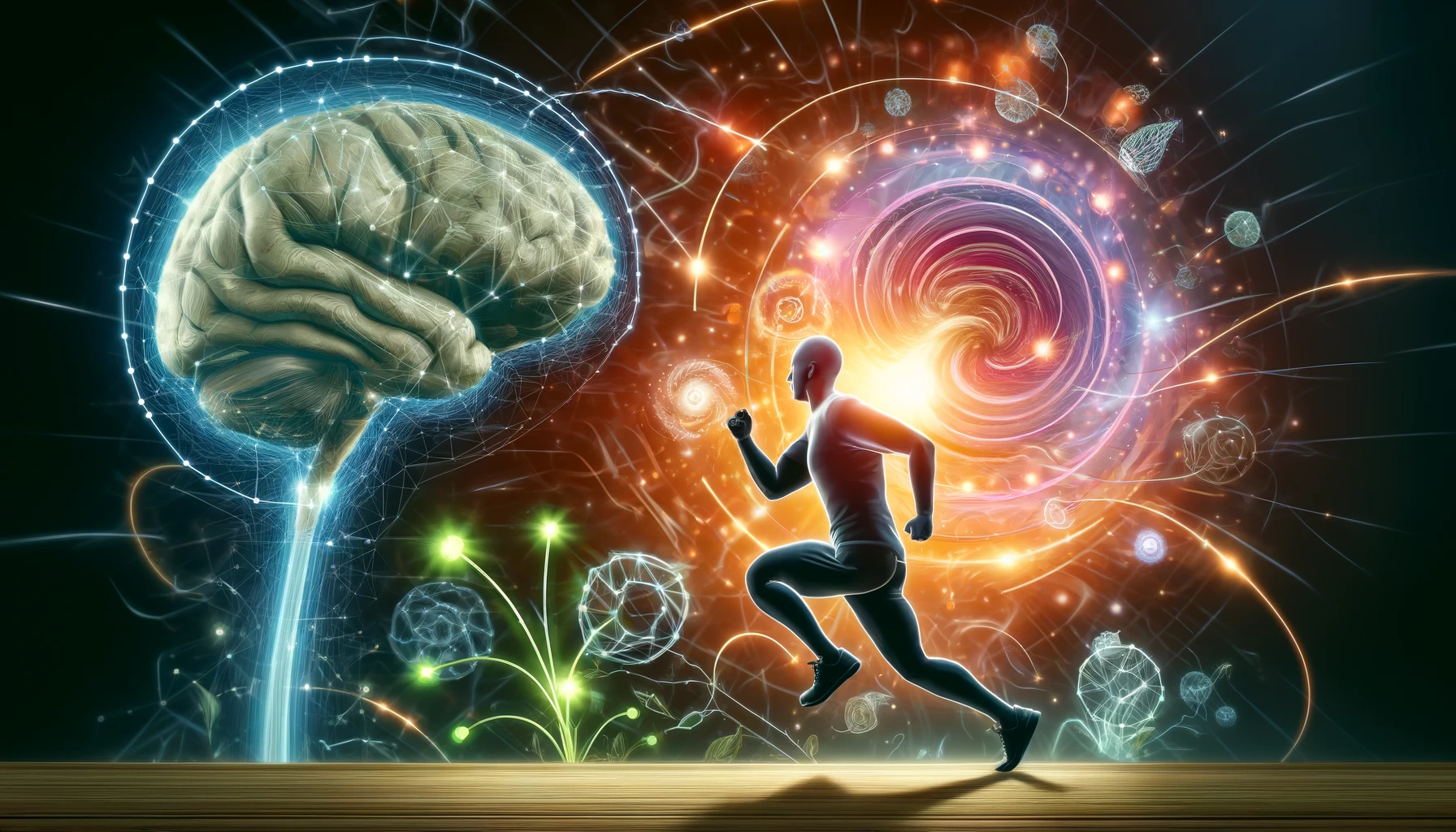
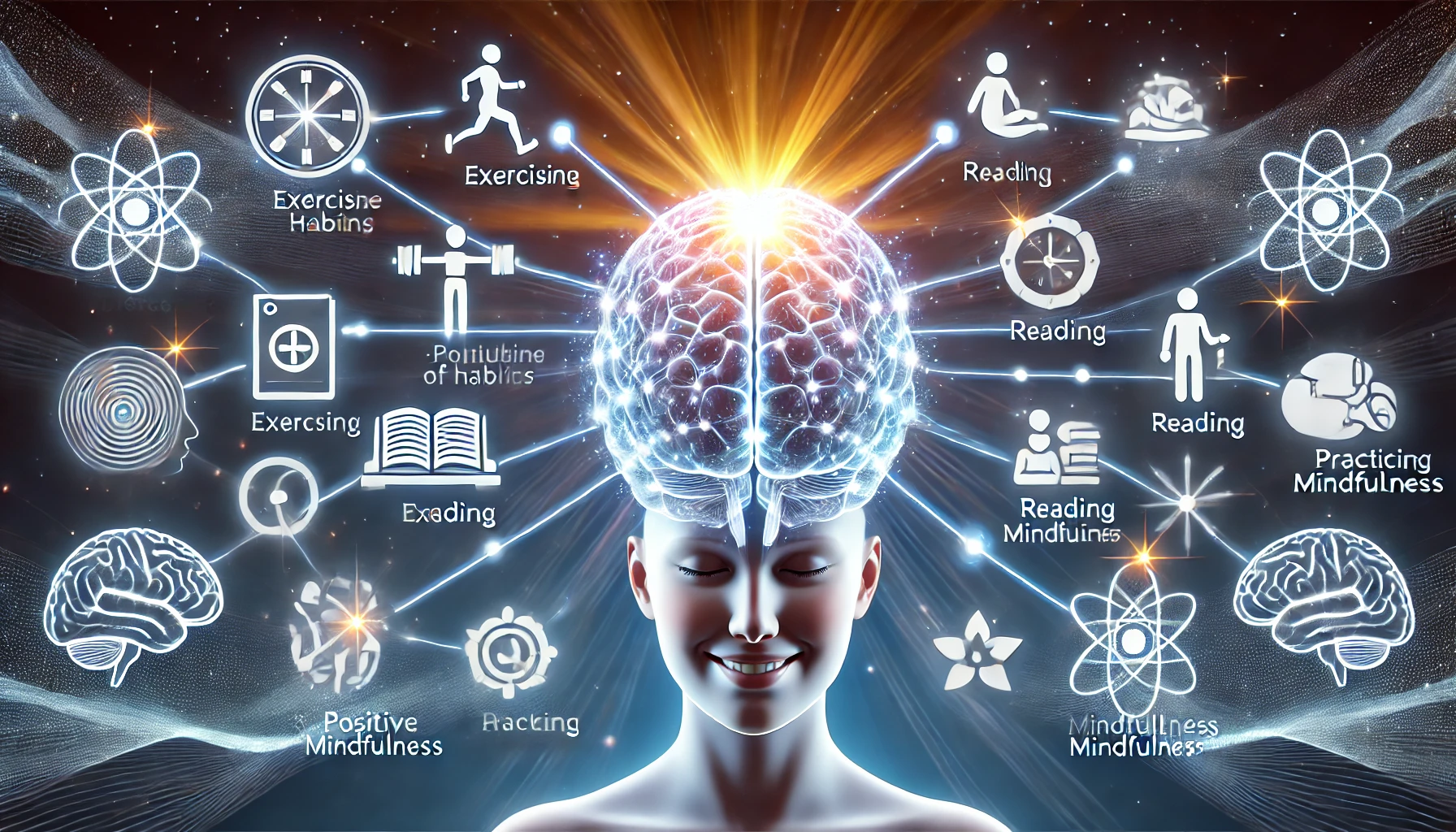
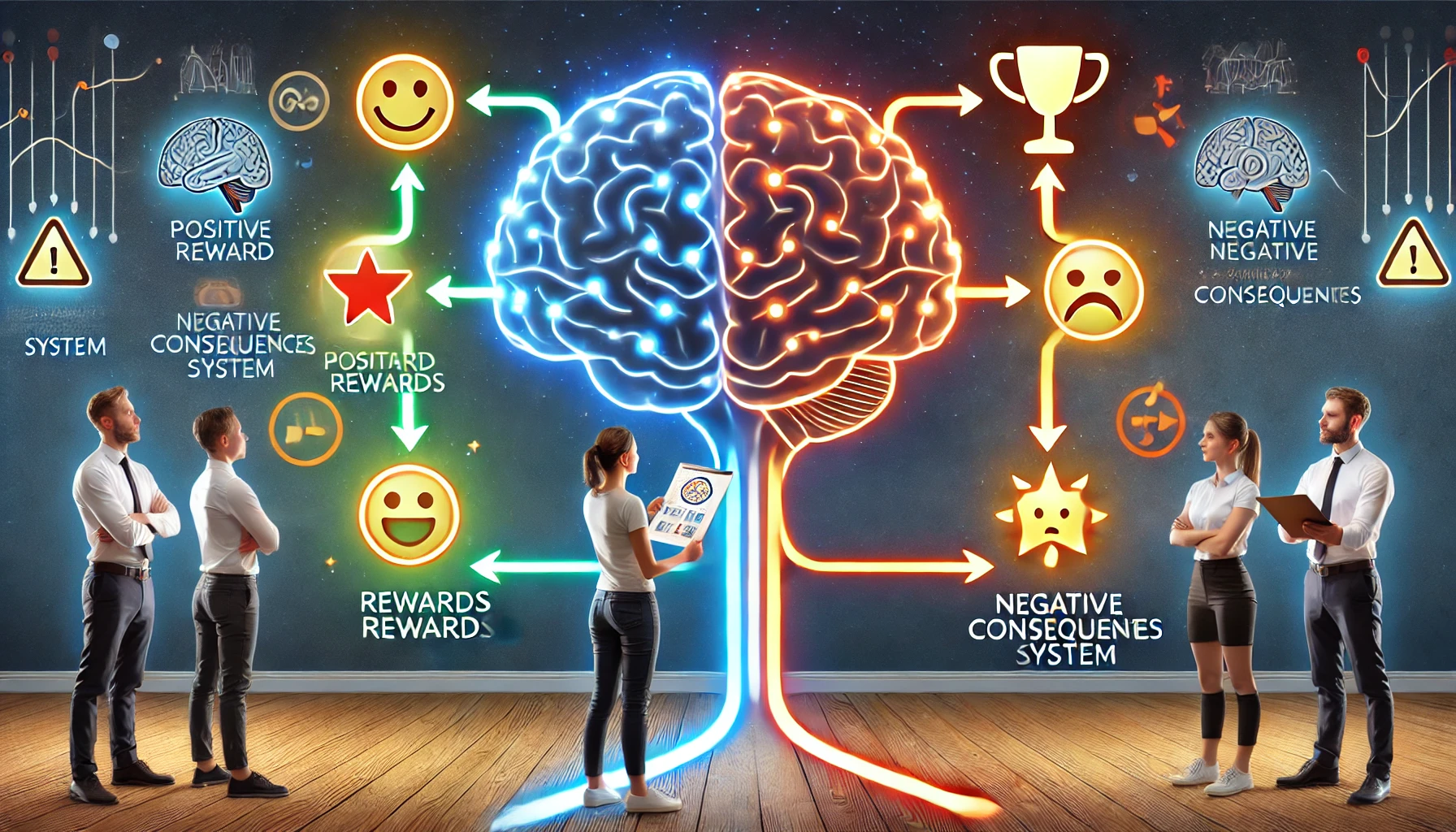

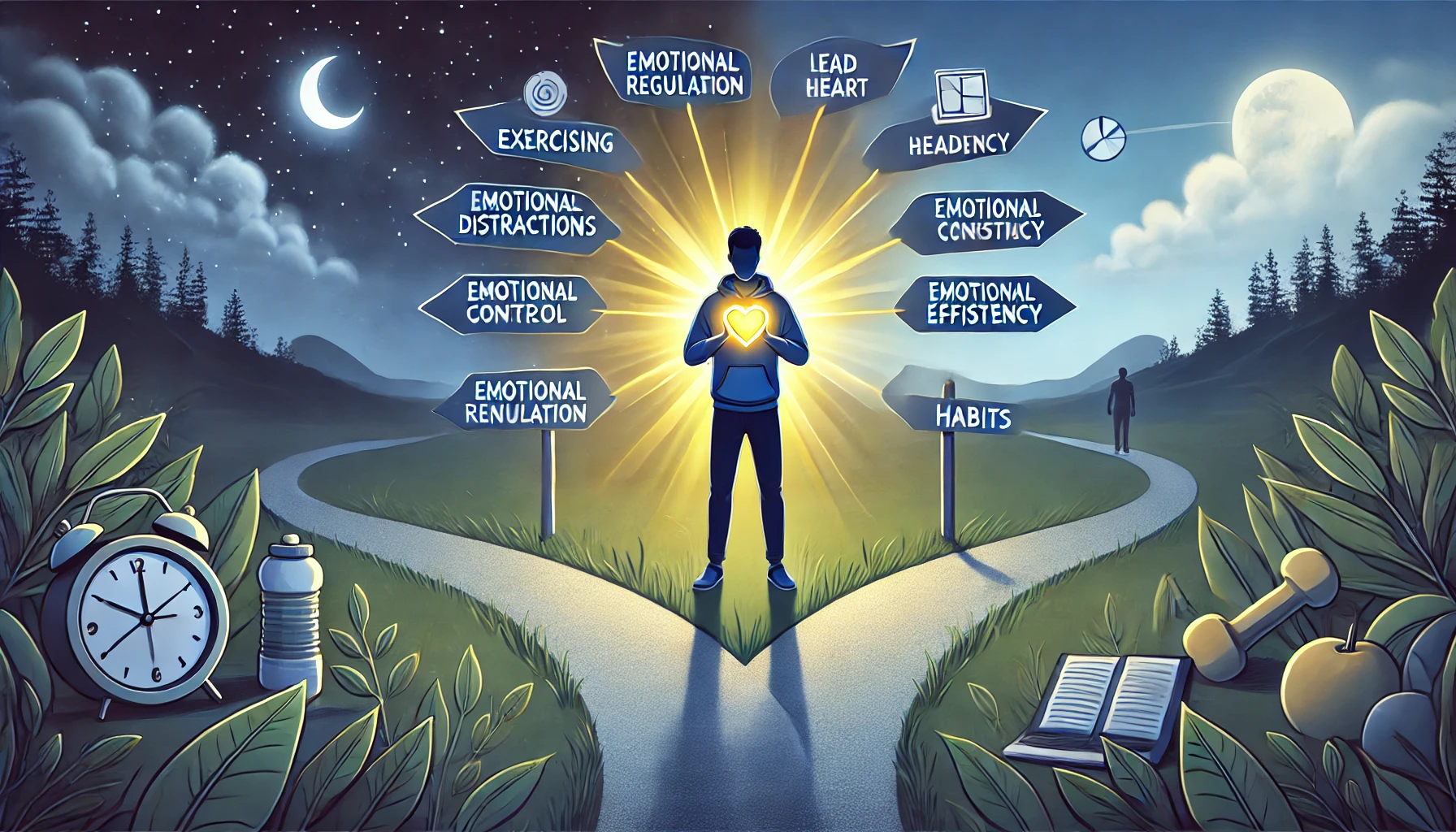

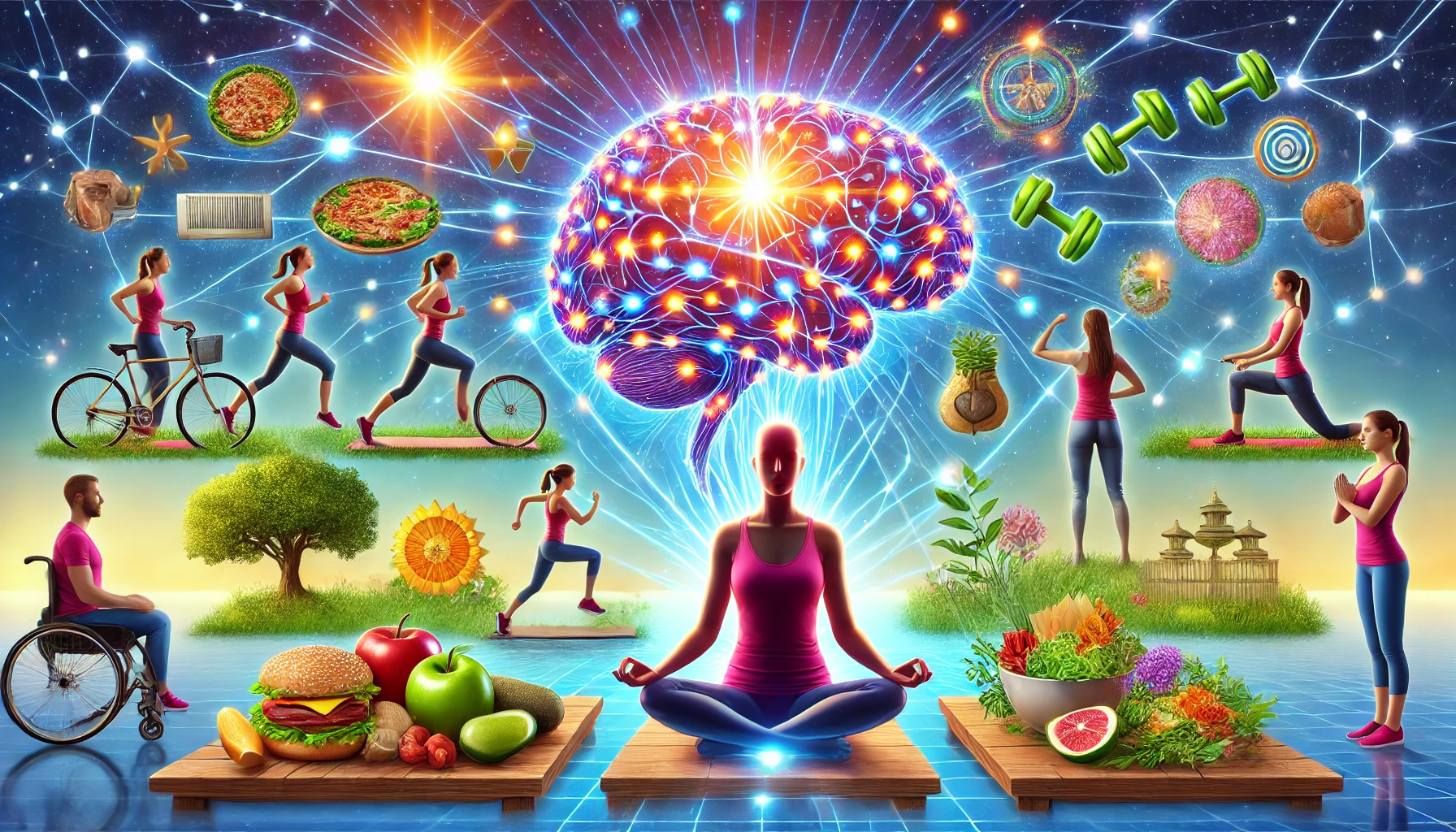

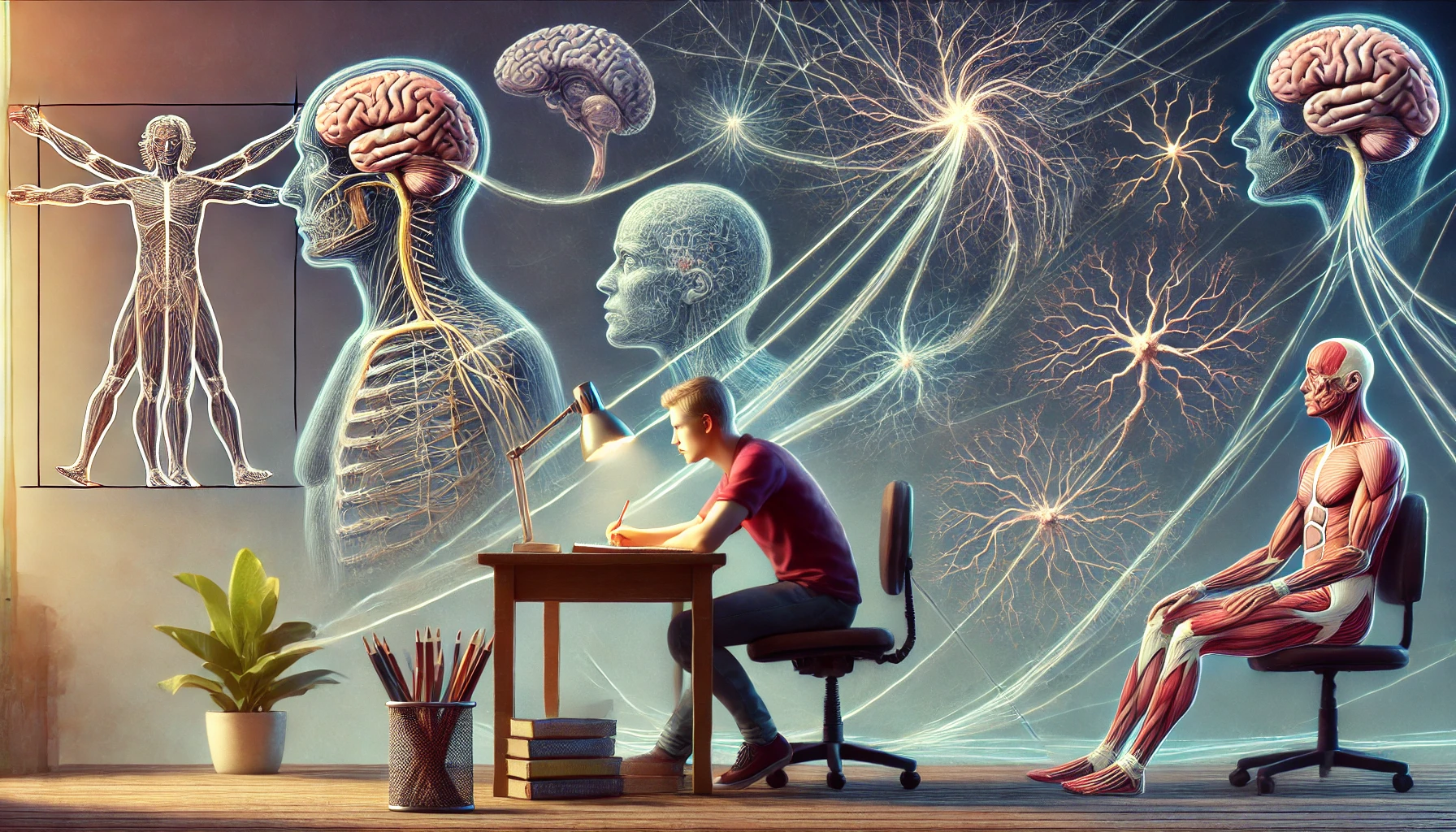

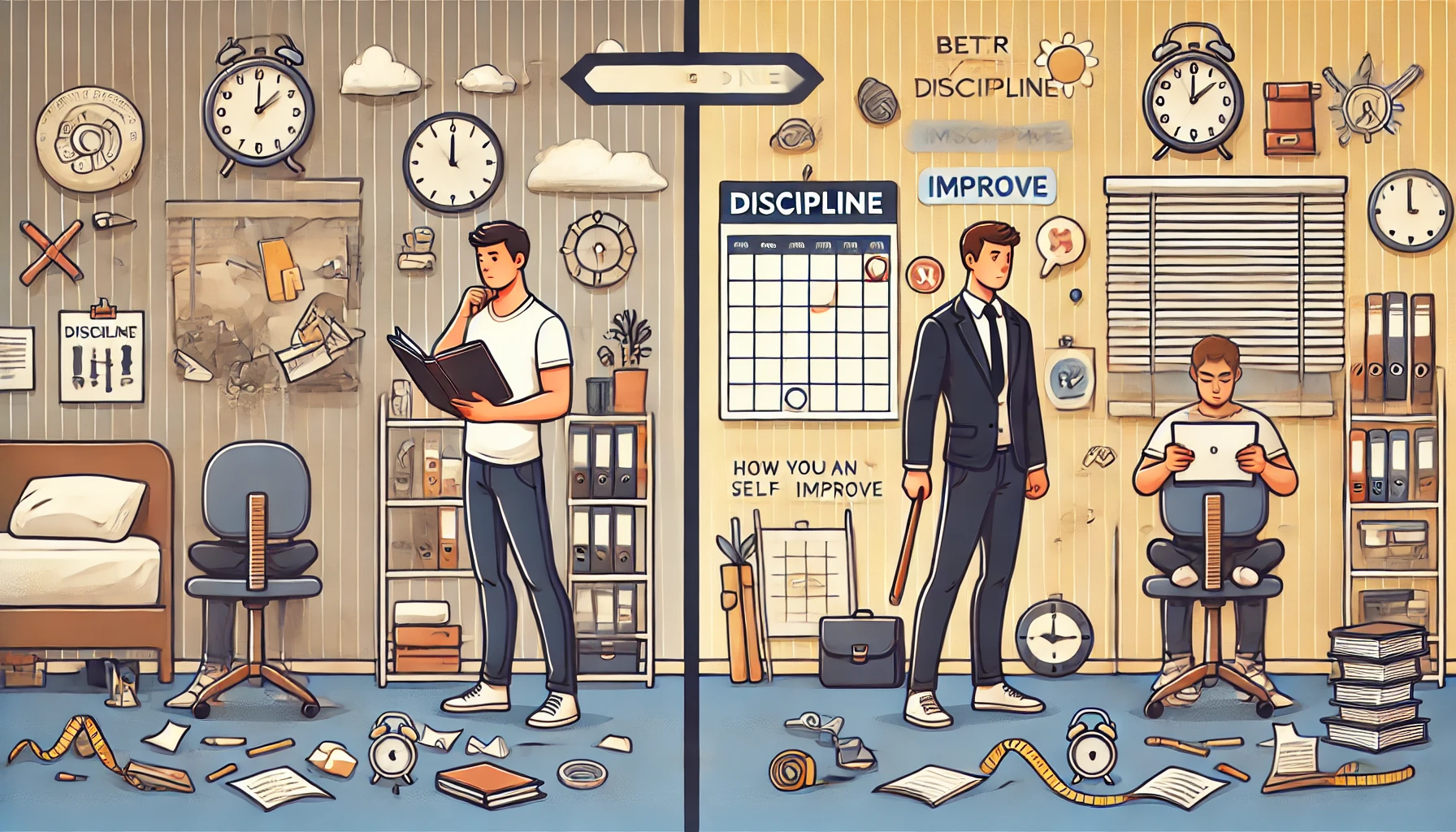
Leave a Reply